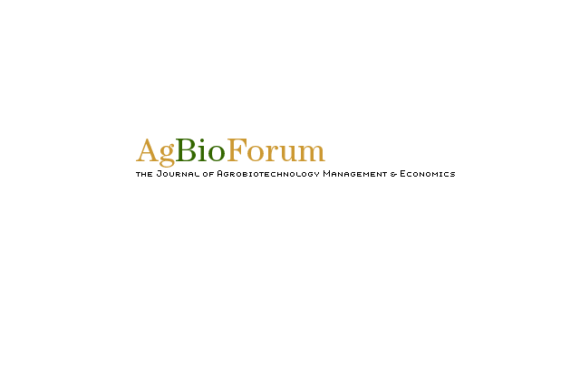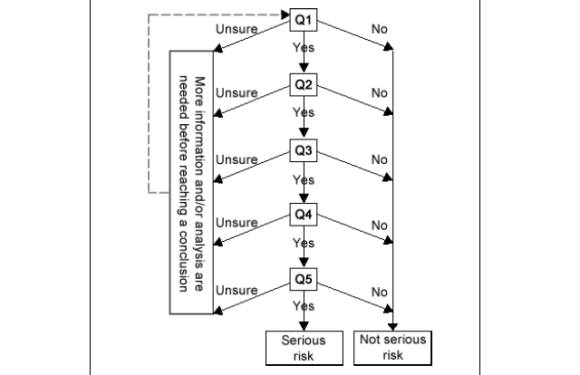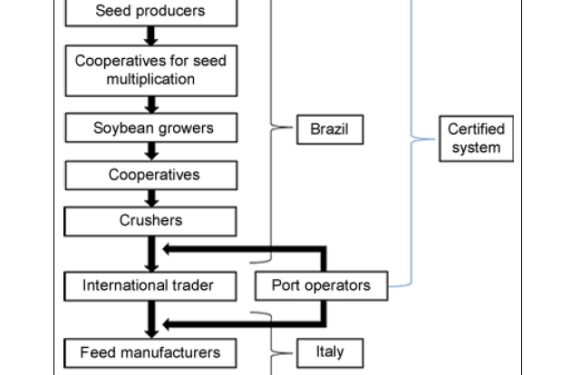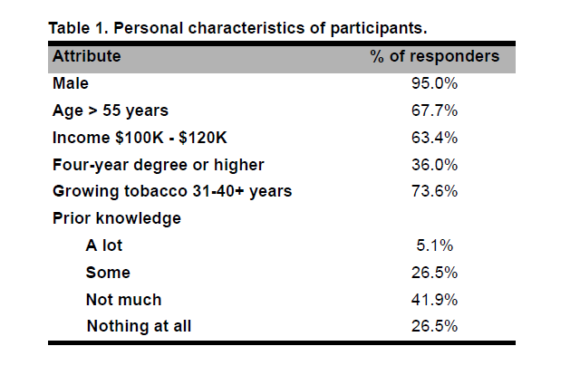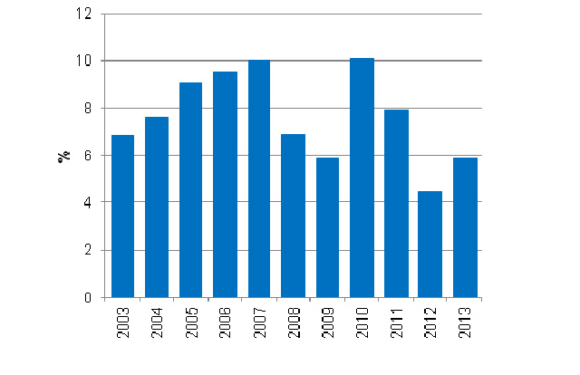
India’s Agri-Biotech Policies, Regulations, and Decision-making
January 1, 2015Hugh DangTransnational Corporations Review, CanadaBrad GilmourMouralea Trade, Agriculture, and Resource Consulting, CanadaNawal KishorIndira Gandhi National Open University (IGNOU), India India is one of the most significant emerging economies in the world. With a population of over 1.2 billion, India’s agri-biotech development from…




